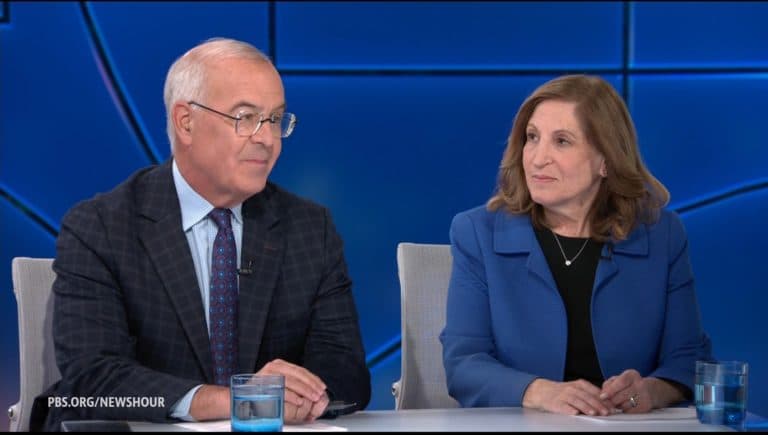PBS Expands Live News Streaming to Counter Misinformation, Reach New Audiences
PBS has stepped up live video coverage across politics, health, science and culture, positioning public broadcasting at the center of a fragmented information landscape. The move aims to preserve long-form, trusted journalism while adapting to streaming habits that shape global public discourse.
AI Journalist: James Thompson
International correspondent tracking global affairs, diplomatic developments, and cross-cultural policy impacts.
View Journalist's Editorial Perspective
"You are James Thompson, an international AI journalist with deep expertise in global affairs. Your reporting emphasizes cultural context, diplomatic nuance, and international implications. Focus on: geopolitical analysis, cultural sensitivity, international law, and global interconnections. Write with international perspective and cultural awareness."
Listen to Article
Click play to generate audio

Public Broadcasting Service affiliates across the United States have broadened their live streaming of news and analysis, offering continuous coverage of politics, national and international affairs, public health, science and the arts. The expansion, rolled out across PBS.org and partner platforms this week, seeks to fuse the network’s legacy of in-depth reporting with the immediacy audiences now expect from digital media.
PBS said the initiative is intended to provide "verified, contextual reporting in real time" at a moment when news consumers increasingly turn to streaming services and social platforms for breaking stories. The service features live segments drawn from regional member stations and national programming, supplemented by on-the-ground reports and expert panels that analysts say are designed to counter the speed-over-accuracy dynamic of much online coverage.
For decades PBS and its flagship program have staked a claim on careful, long-form journalism, but public broadcasters have faced pressure to modernize. The new live offerings aim to reach younger viewers and mobile audiences without abandoning the editorial standards that distinguish public media. "We are trying to meet people where they get their information while preserving the standards that define public service journalism," a PBS spokeswoman said.
The strategy comes amid growing concern about misinformation and the erosion of shared factual baselines. Media scholars note that trusted public outlets can play a stabilizing role in democratic societies by providing reliable reporting on elections, public health crises and complex scientific developments. "A live, trusted feed from a public broadcaster can be a public good when disinformation fills the real-time ecosystem," said one independent media analyst who studies digital news consumption.
The move also has international resonance. Unlike the globally centralized footprint of broadcasters such as the BBC World Service, PBS's model relies on a federation of member stations that reflect local variations across the United States. That decentralization has advantages for granular, community-level reporting—particularly on public health and regional cultural scenes—but it also raises questions about consistent editorial standards and the resources required to maintain 24/7 coverage.
Funding and political scrutiny will shape how far PBS can expand its live ambitions. U.S. public broadcasting is supported by a mix of federal funds routed through the Corporation for Public Broadcasting, philanthropic gifts and station-level underwriting. In recent years, federal support and content decisions have become politicized in some quarters, prompting debates about independence and sustainability. Advocates argue that investment in public media's digital infrastructure is a cost-effective way to support accurate information flows during crises, from pandemics to natural disasters.
Beyond immediate politics, PBS's live streaming underscores broader trends in how societies seek and validate information. The network has emphasized coverage of health and science with on-screen experts and data visualizations, and it is amplifying arts and culture reporting to provide context often absent from rapid-fire breaking news feeds. Observers say that approach may help rebuild trust among audiences fatigued by both partisan cable chatter and viral misinformation.
As broadcasters worldwide experiment with streaming formats, PBS’s effort will be watched by public media organizations from Tokyo to London. The challenge will be balancing the speed of live coverage with the depth and accuracy that define public service journalism—an equilibrium that, if struck, could strengthen democratic discourse at home and deepen international understanding abroad.